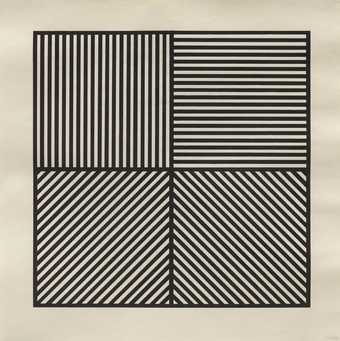Discover Sol Lewitt, a leading figure in conceptual art who believe materials should be secondary to ideas
Sol LeWitt’s work ranges from prints on paper to wall drawings and sculptures. The idea (concept) behind the work is regarded in conceptual art as more important than the finished object. He believed that materials should be secondary to ideas. Often the artworks were made, not by LeWitt himself, but by assistants following his instructions. By inviting others to fabricate his work, LeWitt challenged the traditional role of the artist in the making process.
The instructions for LeWitt’s work function like a composer’s score. As he described it: ‘It’s as though I were writing a piece of music and somebody else is going to play it.’ Different outcomes were sometimes drawn from LeWitt’s directions. He accepted these differences, seeing them as a part of the overall process. He created space within his instructions for improvisation: 'I try to make the plan specific enough that it comes out more or less as I want it, but general enough that they have the freedom to interpret.'
Ultimately the work remains LeWitt’s, as long as the instructions are not directly contradicted by the maker. ‘The idea’, as LeWitt explained, is the ‘machine that makes the art.’

